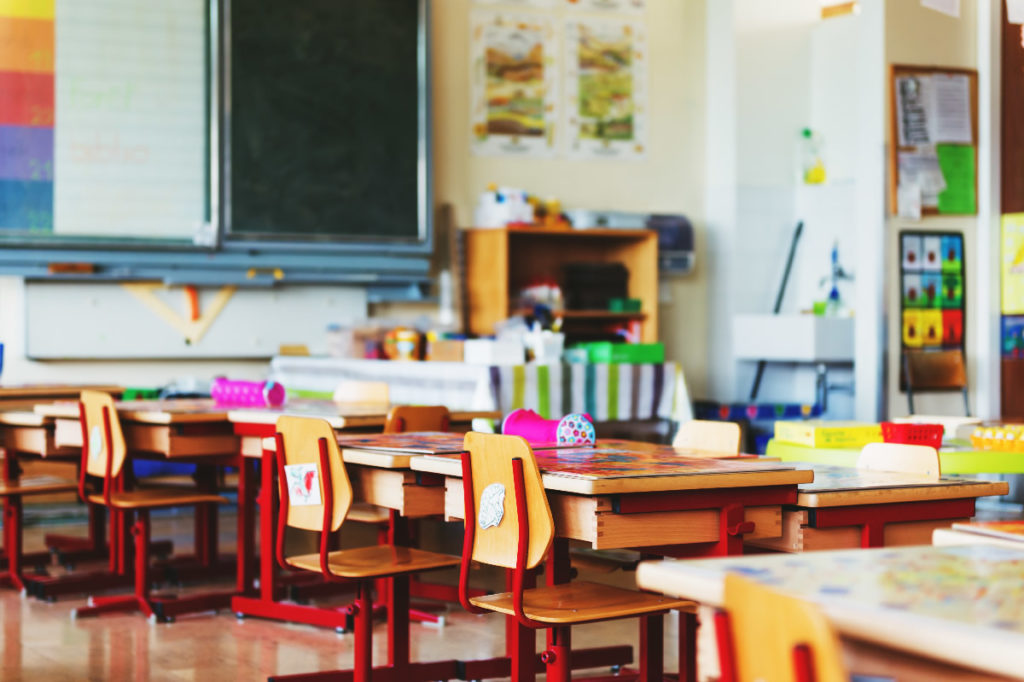There are many elements that tend to decorate nursery and primary school classrooms : cards for recognizing emotions, cards for behavioral norms, illustrations, thematic settings, maps … However, and although using these materials is not bad in itself, yes that an excess of them can end up damaging the attention span of the little ones, and consequently their learning process.
In fact, this is something that has already been corroborated by different international researchers on the educational scene, such as Anna V. Fisher, Karrie E. Godwin and Howard Seltman, from Carnegie Mellon University in Pittsburgh, Pennsylvania. These researchers observed that the saturation of visual elements on the walls has a direct impact on the ability to remain attentive to the lessons and the teachers’ directives, thereby making it difficult for the students to keep the content.
If a classroom is overly decorated, children will be more likely to distract their attention from what is truly important, so it would be good if we reflect on this issue and try to minimize classroom decorations. Remember that children spend many hours in class, therefore they have enough time to look at the walls and everything around them during these hours, and to stay longer doing it if there is much to observe than the opposite.

How this may affect the use of technologies in the classroom
It is not that using visual resources to support a class is detrimental , but rather about optimizing those resources and not overloading them with content that at the moment of truth will contribute little to the final set of what should be taught. In this sense, it is true that the use of technology in the classroom brings a lot more claims to the students, but if these resources are properly prepared to be able to set the content of a class or lesson, nothing will happen because the kids stay tuned. That is to say, that the resources and the decorative and visual strategies should always be a direct support to what is going to be treated in question.
There is still a lot to research on this topic and a lot to know about how visual environments affect children’s attention and learning , but the advances are clarifying. In the study by researchers from the University of Pittsburgh, a total of 24 students were tested, testing a series of lessons in a highly decorated classroom and the same number later in an undecorated classroom. The results of this study showed that students seemed to have been left with more content in classrooms that were poorly decorated. It is not known, however, if in the practice of less decorated classrooms the children with less attention capacity would seek other claims, such as talking with their classmates.
Regarding the time that children spent away from homework in both types of classrooms, the rate of behavior away from homework was higher in the decorated classroom (38.6% of time spent away from homework) than in the poorly decorated classroom. (28.4% of time spent away from homework).
So the researchers hope that these findings will lead to new and more studies on the development of guidelines , which will really help teachers to design classrooms in a much more optimal way. Effective learning is at stake.












































































































He believed that children should prepare for life, starting from their real attention, eg when we are adults and we need to concentrate, even though there are cars, noise and images around us we try to find a point of attention, my experience as a teacher has aimed at creating magical spaces full of images where the child has tools to imagine, create and abstract without losing their concentration field, it is a wonderful and impressive challenge, when I tried a classroom without images, I noticed that children show little creative capacity and most of the time they only concentrate with similar spaces and it is difficult for them to concentrate when they have scenarios where there are more distractions.